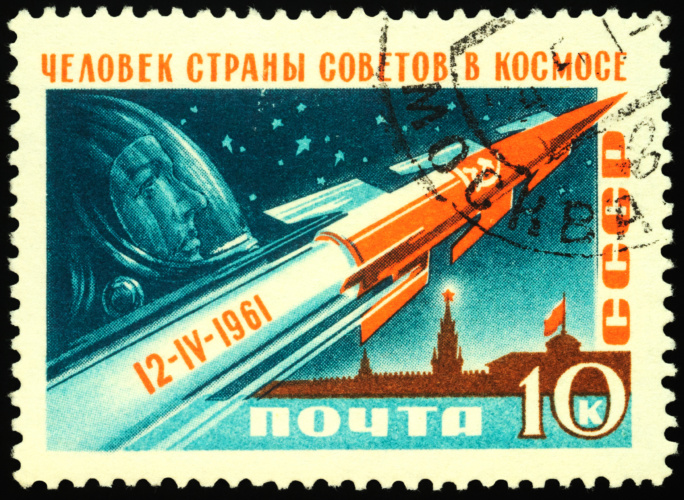On April 14th 1961, The Engineer’s reaction to the news that the Russians had succeeded in putting the first human in space was brief and to the point. “As we go press we learn that the Russians have scored yet another remarkable first in space,” it wrote. “Last Wednesday morning Mr Tovarich [sic] Gagarin was launched in a sealed capsule by rocket into an orbit that took him around the world in 108minutes. The capsule was brought safely back to the earth’s surface. Congratulations to The Russians!”

With no further detail forthcoming from the Russians, readers of The Engineer had to wait a few more weeks before a more detailed report - based on accounts from the Soviet press - emerged of (the now correctly named) Major Yury Alexeyevich Gagarin’s historic flight aboard the “Vostok”.
READ OUR ARCHIVE COVERAGE HERE
The resulting article - published on May 12th, 1961 – goes into considerable detail on the spacecraft, its instrumentation, and the build-up to the mission.
It reports that the spacecraft consisted of two main compartments: the pilot’s capsule and an instrument section containing a number of automatic instruments for performing functions including maintaining the air temperature in the pilot cabin, taking orbital measurements and transmitting televised images of the pilot back to earth.
The plan was for the entire mission to be controlled either by automatic systems or ground control –however, in case of emergency Gagarin did have access to manual controls. Of particular note here is the description of the system used to orientate the ship manually. “In order to orientate the ship when steered manually the cosmonaut uses an optical device to determine the position of the ship in relation to the earth,” write The Engineer. “This device is installed in one of the portholes of the cabin and consists of two angular mirrors, a light filter and a graticule glass. The rays travelling form the line of the horizon strike the first reflector and, passing through the glass of the porthole, reach the second reflector which directs them through the graticule to the eyes of the pilot. If the ships’ bearing in relation to the vertical axis are correct, the pilot sees the horizon in the form of a circle in his field of vision.”
The article also describes the build-up to the mission during which a number of test animals, including rabbits, rats and mice and dogs were subjected to a series of laboratory and rocket tests. Whilst the fate of the rodents remains unknown, the dogs - “Chernushka” and “Zyozdochka” – made it home safely from rocket ascents to altitudes of upto 450km.
Finally, the report sheds light on the cosmonaut selection process during which candidates were subjected to a series of demanding clinical, psychological and physical tests: including flights aboard aircraft in zero gravity conditions, training in a centrifuge and parachute jumps. “Those selected underwent a programme of instruction designed to supply information on basic theoretical questions as well as practical skill in the use of the equipment and instrumentation of the spaceship’s cabin.”
Vostok 3KA was launched from Baikanur cosmodrome on April 12th 1961 and complete a single orbit of Earth. The flight took 108 minutes from launch to landing and Gagarin parachuted to the ground separately from his capsule after ejecting at 7 km (23,000 ft) altitude.




Swiss geoengineering start-up targets methane removal
No mention whatsoever about the effect of increased methane levels/iron chloride in the ocean on the pH and chemical properties of the ocean - are we...